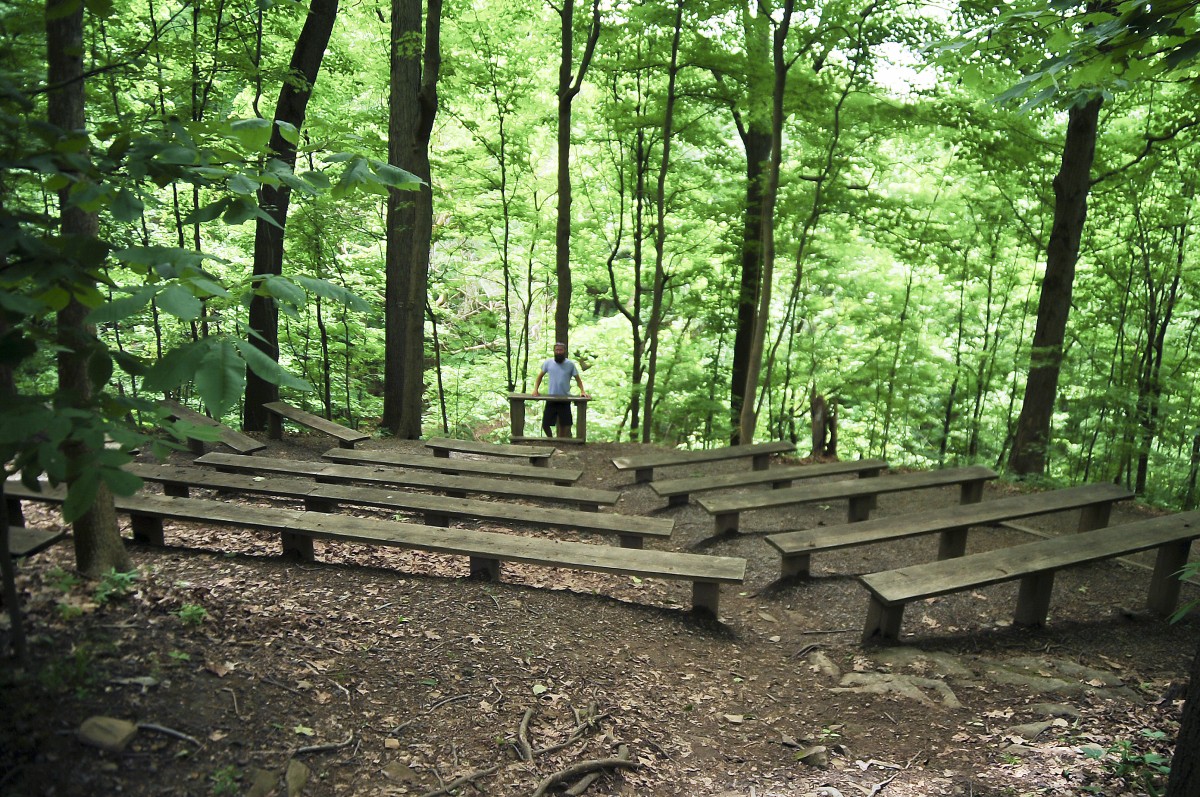“You have some gall,” my friend replied after I sent him a slew of photos. The photos were of … wait for it … plant galls.
If you are unfamiliar with these lumps and bumps on leaves, stems, branches and even roots, they are abnormal plant growth caused by an external organism. You’ve probably seen them on some goldenrod stems or trees in your neighborhood.
I got hooked on the subject after attending one of my favorite summer activities — the nature connection series at the WVU Core Arboretum at 6 p.m. every Tuesday throughout the summer.
Last week the scheduled speaker was unable to make it, so arboretum director Zack Fowler stepped in and gave a fascinating presentation on plant galls.
I’d seen many a gall before, noted them with mild curiosity and never stopped to inform myself about their causes. As I learned last week, many are caused by bugs of various sorts, others by fungus or bacteria.
Of the galls and gall creators Zack shared during his presentation, I had two favorites: the oak wasp gall and the witch hazel gall.
While growing up, I spent a lot of time in the woods, and often noticed oak galls fallen to the ground. Now I’ve learned their fascinating story of creation (at least the parts we are pretty sure about — there is a lot unknown about galls and their creators).
The lifecycle of these round growths on oaks starts when a female wasp lays eggs on the roots of an oak tree after summer mating. The eggs hatch to larvae, and the resulting wasps are always wingless females. In the following spring these ladies ascend the tree and lay another egg (apparently no fertilization needed) into a newly forming leaf.
Zack pointed out that we don’t know how the wasp (or other organism) convinces the plant to make these abnormal growths, but perhaps due to a mix of hormones and chemicals, the leaf grows a structure to keep the larvae safe and fed during development.
In this case the gall is round (different wasps make different colors) and has a beautiful internal structure of fibers reaching from the sides to the center, where the larva lives. It hatches out as an adult wasp, mates and starts the cycle over. The gall turns brown and often falls to the ground.
Galls have had importance throughout history — in fact, much of our knowledge of the past is due to these as for centuries the browned galls were used to make ink, due to their high tannin content.
When I was chatting with my sister about galls she mentioned she recently read that Native Americans used the dried fluffy interiors of galls to transport fire – a spark kept in the fluff inside a vessel smolders for an extended period of time.
Witch hazel cone galls — the other gall that struck my fancy — are created by a miraculous little aphid. Their lifecycle is bizarre and incredible, involving a move to a different host tree and multiple generations of females cloning themselves, before returning to the witch hazel and mating and laying the eggs, which causes the leaves to form little cone protrusions.
There are many more types of galls, and as Zack said, once you know a little about them you will start seeing them everywhere. You might even end up sending a batch of photos of them to a friend and getting a punny reply.
I could write a review every week of the nature connection series, but the presenters and visual aids they use are worth your time to go. See you there this evening.




